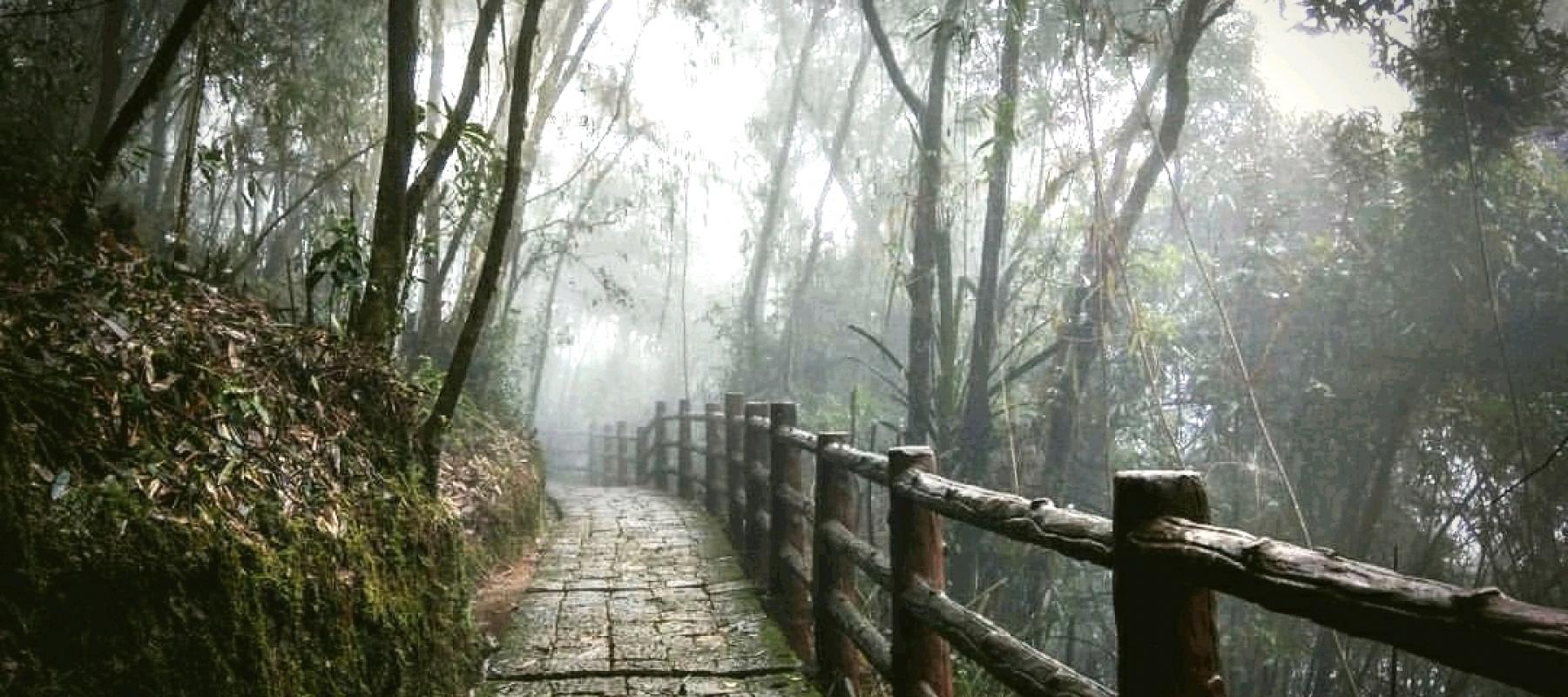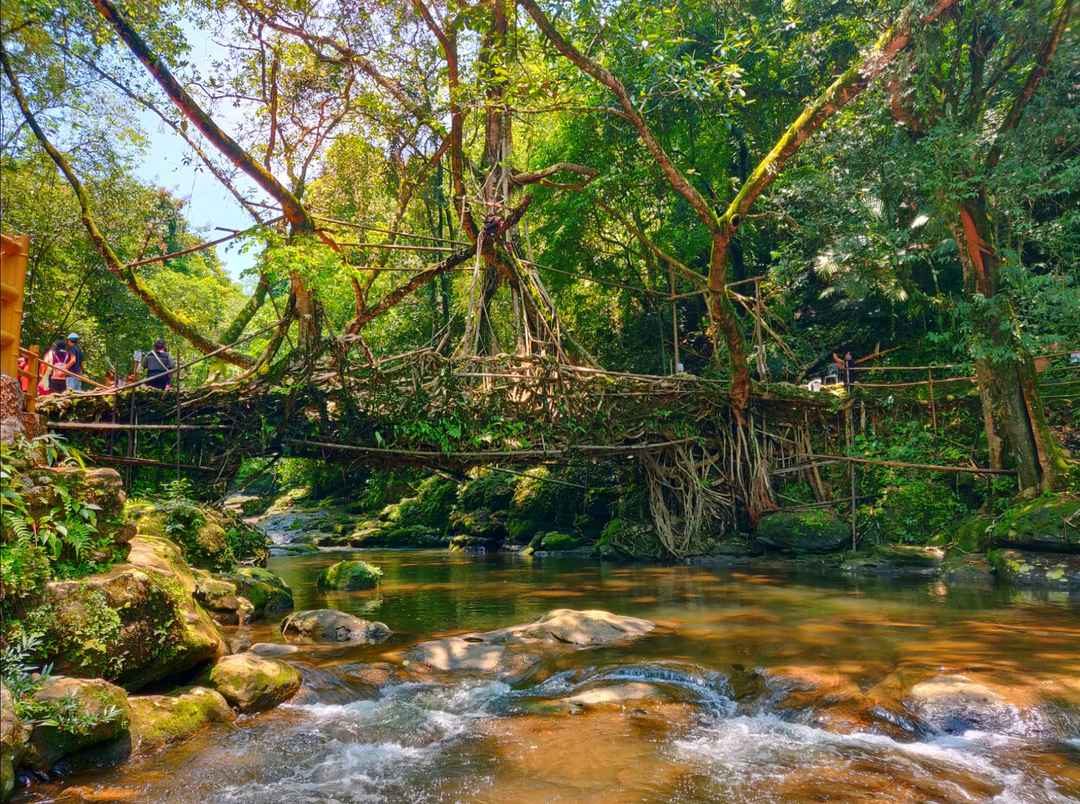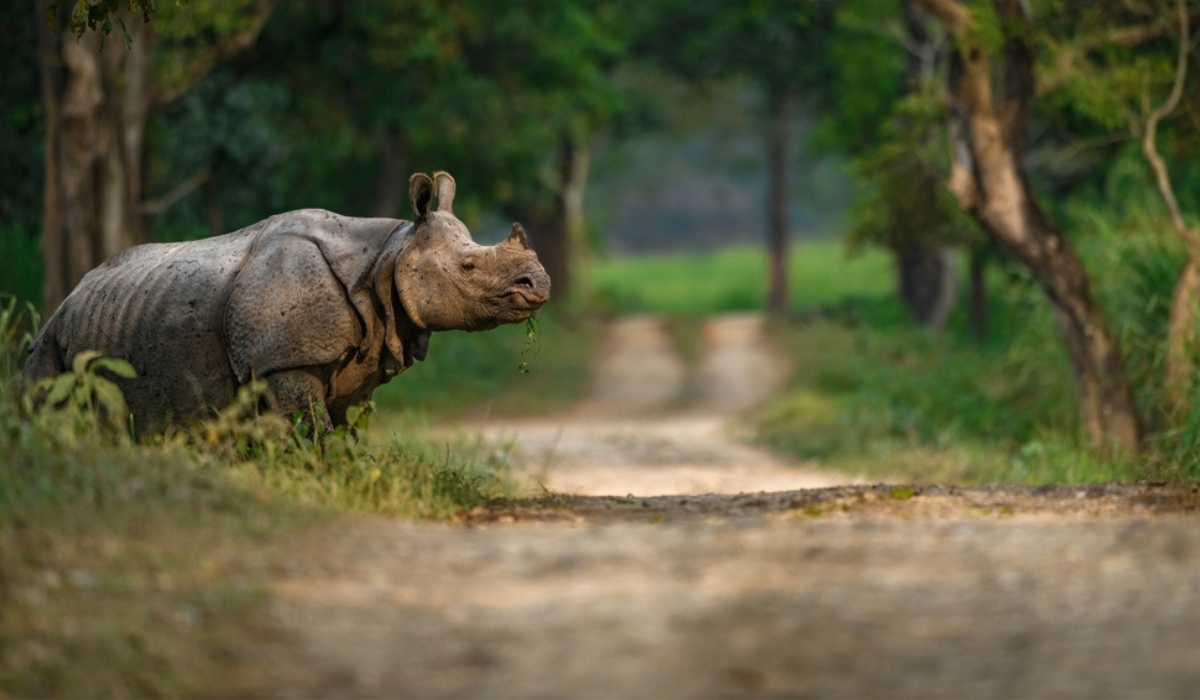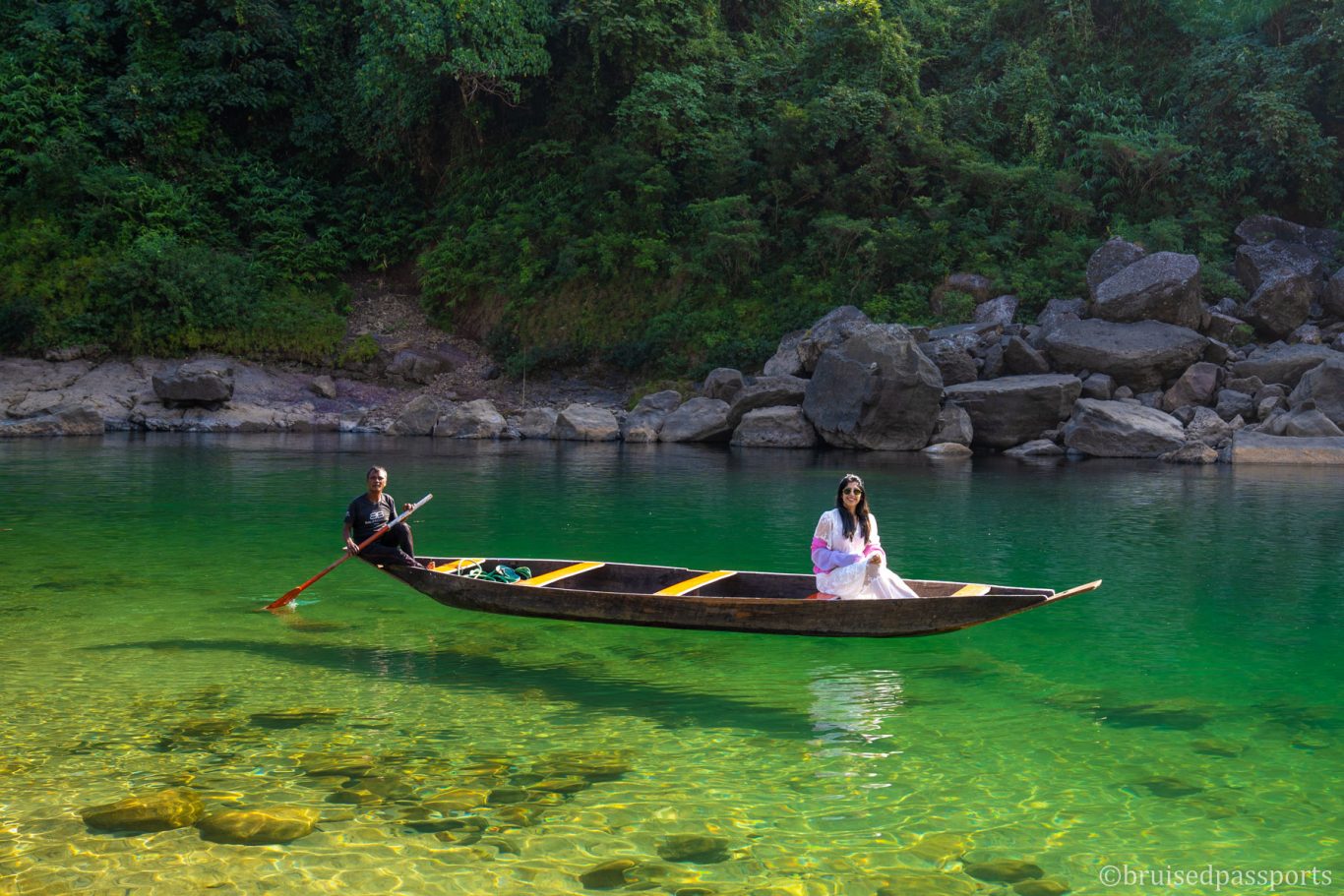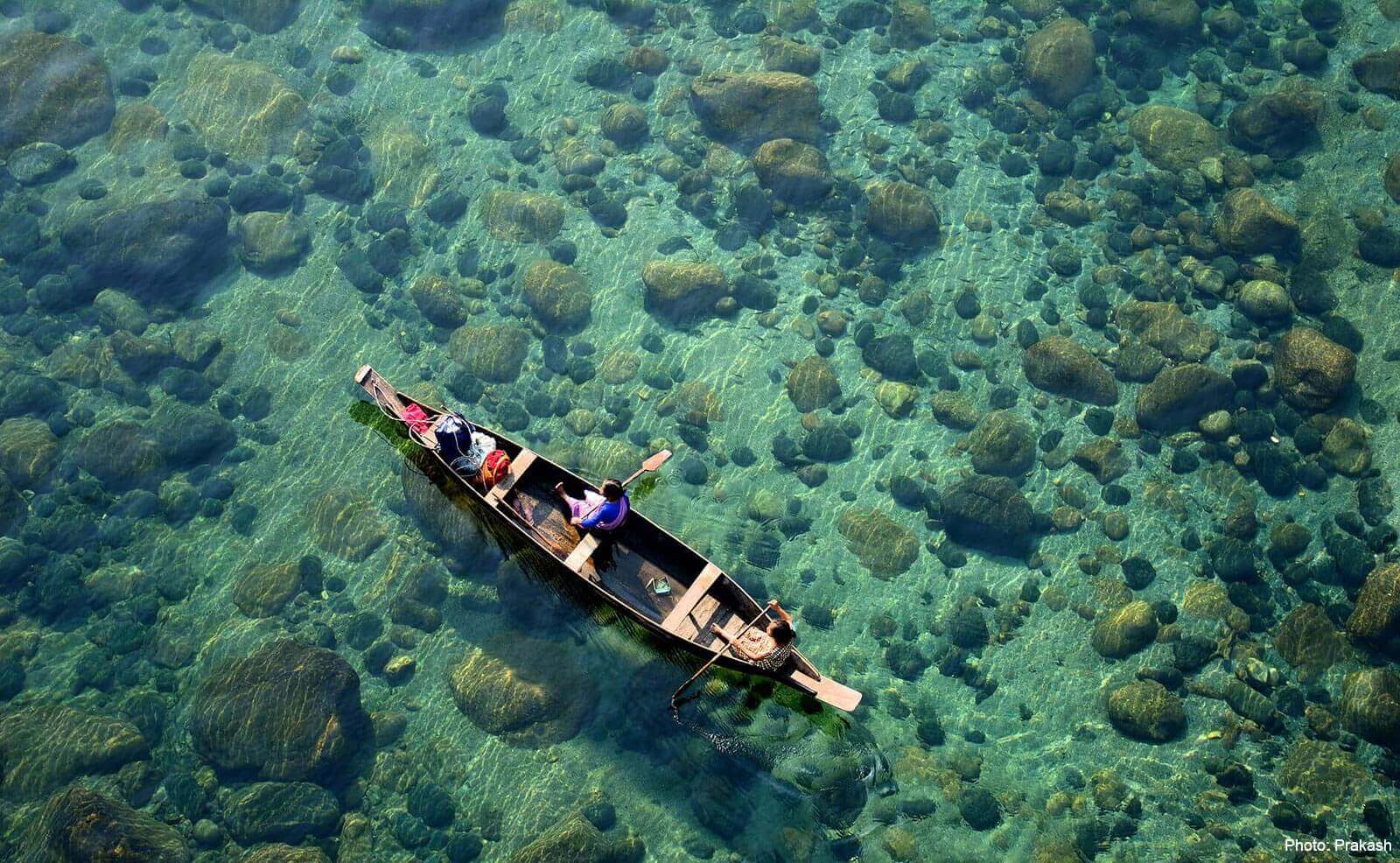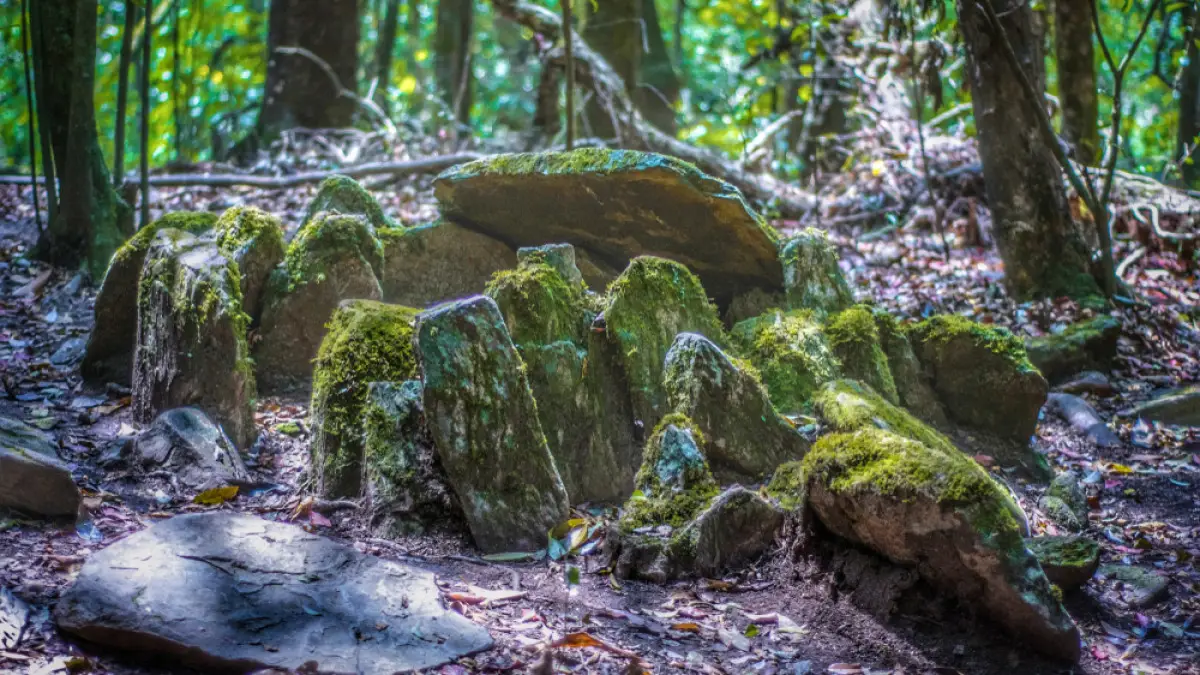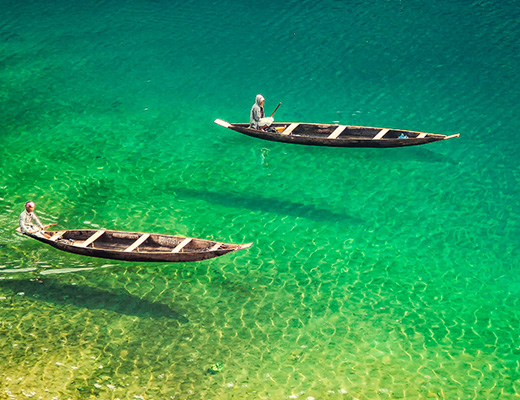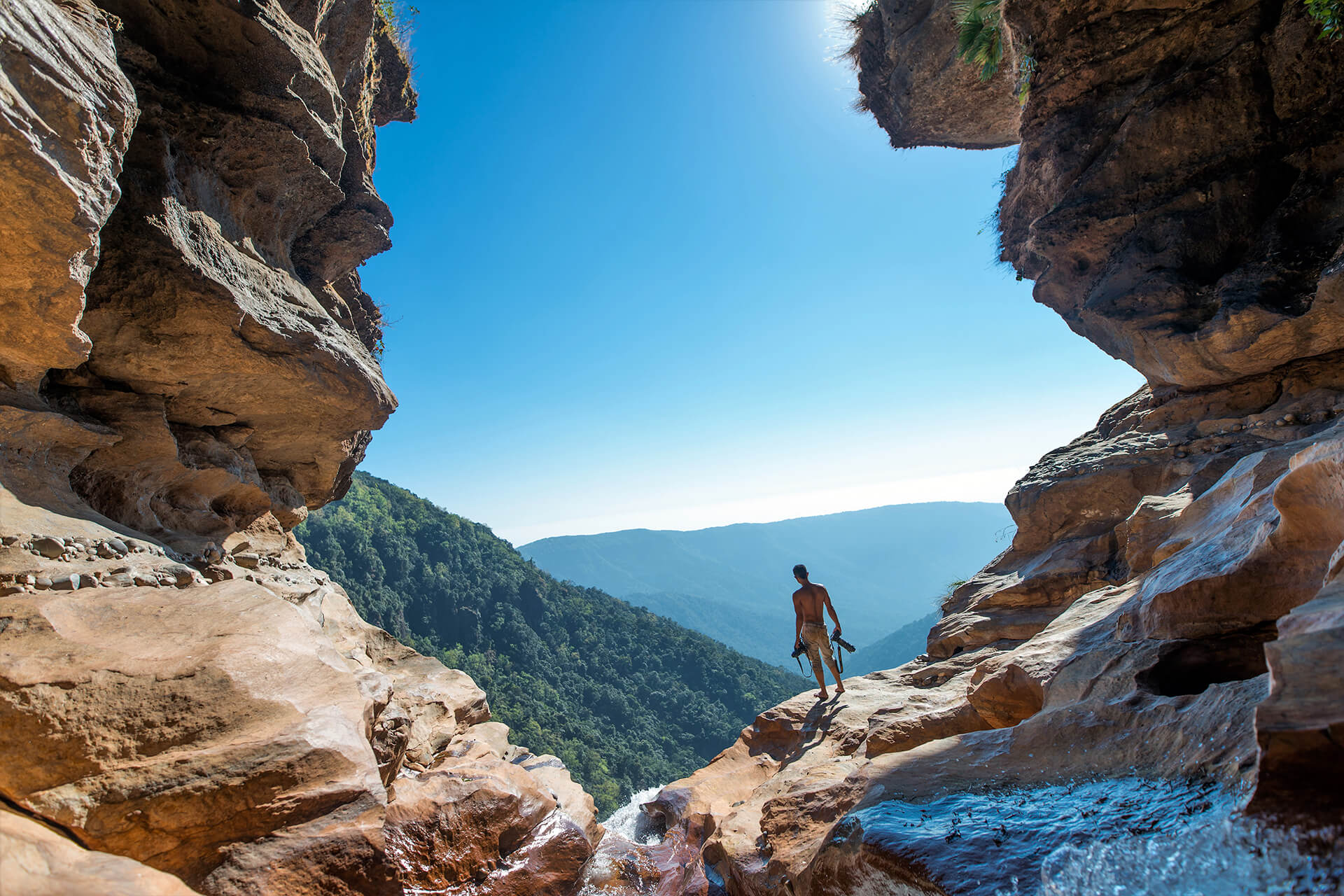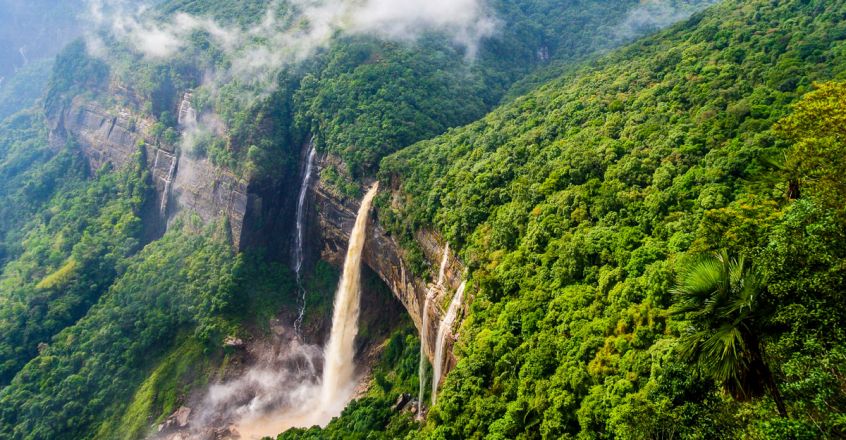ASSAM MEGHALAYA
Overview
Nestled in India's northeastern wonders, Assam, Meghalaya, and Arunachal Pradesh offer an unparalleled experience for travelers. Assam's lush tea estates, the majestic Brahmaputra River, and Kaziranga National Park's wildlife charm captivate. Meghalaya's Cherrapunji, the world's wettest place, boasts living root bridges and mist-kissed landscapes. Arunachal Pradesh's snow-clad peaks, monasteries, and Tawang's spiritual aura enthrall adventure seekers. Rich indigenous cultures, traditional festivals, and warm hospitality are common threads across these states. Nature enthusiasts, cultural explorers, and adrenaline junkies alike can savor a journey through diverse terrains and captivating traditions in this lesser-explored realm of India.
Itinerary
- Arrive at Guwahati LGBI airport/Rly Station. Transfer to hotel. O/N at Guwahati
After breakfast visit Kamakhya temple. Then proceed to Shillong. Evening visit Police Bazaar. Overnight stay Shillong
KAMAKHYA TEMPLE: Situated atop the Nilachal hills, the foremost shrine of Assam, Kamakhya Temple dominates Guwahati, as much as the great Brahmaputra river. Kamakhya is an ancient sect of tantric and Shakti cults of Hinduism. A rush of devotees throng the Temple during the Ambubachi Puja celebrated in June
SHILLONG - Shillong is the capital city of the state as well as the district headquarters of East Khasi Hills District. The name Shillong is derived from U-Shyllong, a powerful deity, and is situated at an altitude of 1,491m above sea level. This beautiful city is 103 km from Guwahati, the nearest air and train link. The presence of many well-reputed educational institutions, many of them by missionary groups make Shillong the hub of education for the entire north-east.
Today we take a day excursion to Cherrapunjee (55 km / 01 ½ hrs), 1300mt – once the heaviest rainfall area in the world. The drive will give us a spectacular view of deep gorges and the rolling hills luxurious with tropical vegetation that boast an innumerable variety of ferns, moss, and orchids. At Cherrapunjee, we explore the Arwah Lumshynna cave, Nohkalikai Falls, Nohsngithiang Falls, etc. En route, we also visit the Mawphlang Sacred Forest, for a nature walk. We then return to the hotel for the night.
CHERRAPUNJEE - Cherrapunjee is 56 km from Shillong and is literally the high point of any visit to Meghalaya a destination renowned all over the world for receiving the highest rainfall in the world. Set against the backdrop of breathtaking landscape, it is a place to discover the Indian summer monsoons, a unique annual meteorological phenomenon directly influenced by the southwest monsoon and the northeast winds. The heavy monsoon rains over these mountains undoubtedly create in Sohra one of the rarest biodiverse vegetations in the world. Truly a beautiful corner in northeast India, waiting to be discovered and explored. The old Cherra or Sohrarim was the original Cherra village but with the coming of the British who set up their headquarters further south, the village came to be known as 'Sohra' or present-day Cherrapunjee. It was here that the British realized the enormity and intensity of the rainfall and set up a meteorological office for measuring the rain. Sohra was declared by the British to be the capital of Assam in 1832, which was later shifted to Shillong in 1866 due to the inclement weather.
ARWAH LAWSHYNNA CAVE: East Khasi Hills District, Sohra This Cave lies on the slope of U Lum Lawshynna Hill. It is approximately one kilometer in length. It is adorned with different types of carving and formations designed by nature itself which adds a lot of beauty to the place. A stream runs through the cave from the beginning till the end, making us feel as if we are walking in a river. The height is very high and the breadth is very wide, but it gets narrower and narrower as we move further. Birds and bats frequently visit this cave and make it their home. The cave is covered by a thick forest, called the ‘Law Shynna’. Different types of local species of trees, orchids, wildflowers, shrubs, bamboo, and colored leaves are found in this forest. On the way to the cave, there is a viewpoint, from where we can see the beautiful Wahkaba Falls, the natural landscape, and the river which flows to Bangladesh through Nongpriang Village and Sohkhmi Village. The hill where the cave is located is called ‘U Lum Shynna’. This hill is very high and it overlooked the Sohra town and even the plains of Bangladesh could be seen from this hillock. That is why it is called Lum Shynna which literally means Clearview. All through this hill, from North to South runs the David Scott Bridle path built by the British which once upon a time connects the Brahmaputra Valley and the Surma Valley in Bangladesh. This path was used by people to go to Shillong or Laban, to the market, and to Bangladesh for trade. This path is still visible now, while some parts are destroyed due to soil erosion and landslides caused by coal mining. Resting places for those who are tired are also found along the route. At the foot of this hillock, there are the remnants of the ‘Kyntursniang Village’ a historical site where the foundation of the present Sohra Syiemship was laid by Buh Sing Syiem and his myntris.
NOHKALIKAI FALLS: A hauntingly beautiful waterfall, cascading down from the top of the gorge to the mystic deep green pool below, reminds one of the tragic legend associated with it- of a grief-stricken mother who plunged to her death, unable to overcome her sorrow of the murder of her daughter by her husband.
Nohsngithiang Falls also known as Mawsmai Falls, is 1 km south of Mawsmai village and derives its name from where the waterfalls are situated- in a southwesterly position and get illuminated by the sun from dawn to sunset. The vibrant colors of the setting sun on the waterfalls make it a sight to behold as at times one can even see the colours of the rainbow emitting from them.
MAWPHLANG SACRED FOREST - Just 28 km away from Shillong is Mawphlang Sacred Forest, one of Meghalaya’s most celebrated sacred forests, as the world over, are steeped in spiritual belief and held in great veneration. They also represent some of the earliest representations of preserving ancient ecosystems. This is a dense forest where the Lyngdoh (chief) used to offer sacrifices and prayers. Not a branch should be broken or else a curse may befall on that person. This grove is surrounded by a lush green valley and a great variety of plants like orchids, including the carnivorous varieties and ferns that grow here.
After breakfast, we drive to Dawki (03 hrs) close to the Bangladesh border. Later we visited Mawlynnong Village. The places of interest to be found here include natural beauty, excellent day walks for birding, a haven for botany, and a living root bridge crossing numerous streams, rivers, and cascading waterfalls. Later drive back to Shillong and overnight
Dawki-Just across the border of Bangladesh near the Tamabil-Dawki checkpost flows the beautiful Dawki river with greenish-blueish water so clear that one can see the bottom of the river even from as high as the bridge over the river. It flows very close to the customs checkpost at Dawki with Jaintia Hills District on one side and East Khasi Hills District on the other. As it enters the plains of Bangladesh it loses its beautiful color and becomes heavily strewn with rocks and small boulders
Mawlynnong Village has earned the distinction of being the cleanest village in India. It is situated 90 km. from Shillong and besides the picturesque village, offers many interesting sights such as the Living Root Bridge and a strange natural phenomenon of a boulder balanced on a rather small rock. Mawlynnong nestled in the pristine hill state of Meghalaya, is very close to the Indo-Bangla border. This cute and colorful little village is known for its cleanliness. The main occupation of the villagers is agriculture. They mostly grow betel nuts. About 82 households live in Mawlynnong. Keeping the surrounding environment clean is an age-old tradition. Discover India magazine declared the village as the cleanest in Asia in 2003. Dustbins made out of bamboo are found all along the village. Everyone makes it a point that dirt and waste are not thrown everywhere. All the waste from the dustbins is collected and kept in a pit, which the villagers use as manure. The villagers are now on a mission to ban plastic. The village with a cent percent literacy is conscious and they are spreading the message of conservation and protection of the forest. Locals plant trees to ensure that the virgin forest is kept intact and also replenished. Mawlynnong's fame is now drawing an endless stream of guests from across the country and abroad. Mawlynnong is an artist's delight and the sort of getaway that would titillate creative writers and poets.
After breakfast, we proceeded to Kaziranga National Park. On arrival check in at hotel Overnight at the hotel.
KAZIRANGA NATIONAL PARK - Kaziranga National Park - is a World Heritage Site, where more than 75% of the world’s total population of the great Indian One Horned Rhinoceros can be found. It lies on the southern bank of the Brahmaputra River and is one of the oldest parks in Assam. Besides rhinos, the Asiatic Water Buffalo, Elephants, Royal Bengal Tigers, Swamp deer, Barking deer, and Hog deer can be seen. About 400 species of birds are found in Kaziranga National Park. To name a few- Swamp Francolin, Great Hornbill, Pallas Fish Eagle, Pied Falconets, Greater Adjutant Stork, Long Billed Vulture. There is no telling what one might find in Kaziranga but it is always a great experience. The specialty here is the Blue naped pitta among a host of Raptors and Waterfowl. The adjoining buffer areas are worth a try too, as numerous rare sightings are reported regularly.
Game drives inside the park with a morning jeep safari. Afternoon proceed to Guwahati (4 hrs approx..). On arrival, check-in at the hotel. Overnight stay in Guwahati. JEEP SAFARI- Forenoon: Entry time between 0730 to 1000 Hours. No entry after 1000 Hrs. Jeep Safaris are permitted on pre-defined tourist circuits within Kaziranga National Park- currently at the following four points. Each of these circuits takes about one and a half to two and half hours (or even more depending upon the interest of the tourists), subject to local range conditions and weather. Jeep Safari may be canceled/curtailed due to any reason by the Park Authorities without prior notice.
After breakfast proceed to Guwahati airport /Rly station for onward destination
- Land transportation: - Ac vehicles (Innova / Traveller).
- Accommodation: - Accommodation in AC double rooms on twin Sharing Basis at 3* category hotels.
- Food:- Breakfast and dinner as per the Meal plan mentioned in the itinerary. Food from hotel plan.
- Entry Charges:- Monument Entry Charges
- Boating, Elephant & Jeep Safari charges at Kaziranga.
- Lunch, Any expenses of a personal nature such as porterage, food & drinks that are not part of the regular menu, telephone calls, room service, etc.
- Additional sightseeing or extra usage of vehicle other than mentioned in the itinerary,
- Any increase in the fuel surcharge or any kind of taxes levied by respective governments.
- Any cost arising due to natural calamities like landslides, roadblocks, etc…
A cancellation charge of INR 2000 will be applicable for the passengers canceling before 30 days of departure. A cancellation charge of 30% of the tour cost will be applicable for the passengers cancelling before 15 days of departure and 100 % of the tour cost will be levied as the cancellation charge for the cancellations within 15 days prior to the departure.
Tour Timings/Itinerary/Tour-Fare are subject to change. The company reserves the right to alter, amend, or even cancel any tour depending on the exigencies of the occasion.
Jurisdiction: The place of Arbitration/Jurisdiction will be Ernakulam.

